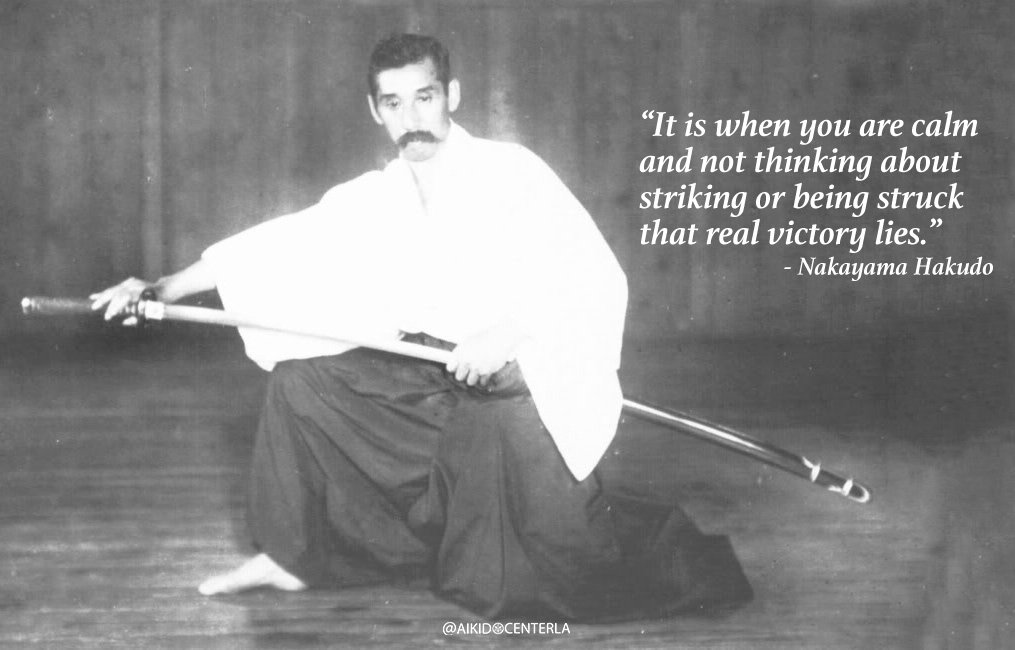電光石火
Denkousekka
Lightning speed
A good martial artist trains themselves to act instantaneously. Instantaneous action or shunji dosa (瞬時動作) means “to act without any perceptible duration of time” between thought and act. Earlier this year, former Japanese Prime Minister Shinzo Abe was assassinated by an untrained assassin using a makeshift gun. Security experts revealed that there were 2.5 seconds between when the assassin fired the first shot and missed and when he fired the second shot and killed Abe. In the martial arts, we say, “Death comes with lightning speed.” Therefore, from a martial arts standpoint, 2.5 seconds is a huge amount of time. As martial artists, all of our techniques are supposed to become naraishou (習い性) or “second nature. This means that we need to learn to move without conscious thought. The reason why is because it is thought that our conscious minds can only process about 2,000 bits of information per second at a speed of 100-150 mph while our subconscious mind can process about 400 billion bits of information per second at a speed of up to 100,000 mph. That means our subconscious minds are 2 million times faster than our conscious minds. We need that speed because we are surrounded by shikaku (死角) or “blind spots” where there are things in motion which are imperceptible to our conscious minds. When those imperceptible things arise, we need to deal with them in an instant and in the most appropriate way. This is one reason why classes in the martial arts are supposed to be done in silence. This quietude enables us to get into an henseiishikijoutai (変性意識状態) or “altered state of consciousness” where our minds become hyper-absorbent and we are able to train techniques into our bodies easily. When we train our subconscious to act, so that our movements become intuitive or as the Japanese say, “kuuki wo yomeru” (空氣を読めるよう) or “we are able to read the air” and we just move instantly and seemingly without thought. The difference between life and death is often just a few seconds and that is why a good martial artist trains themselves to act instantaneously.
Today’s goal: What in your life can you make second nature?
Watch this video to better understand the subconscious.





















